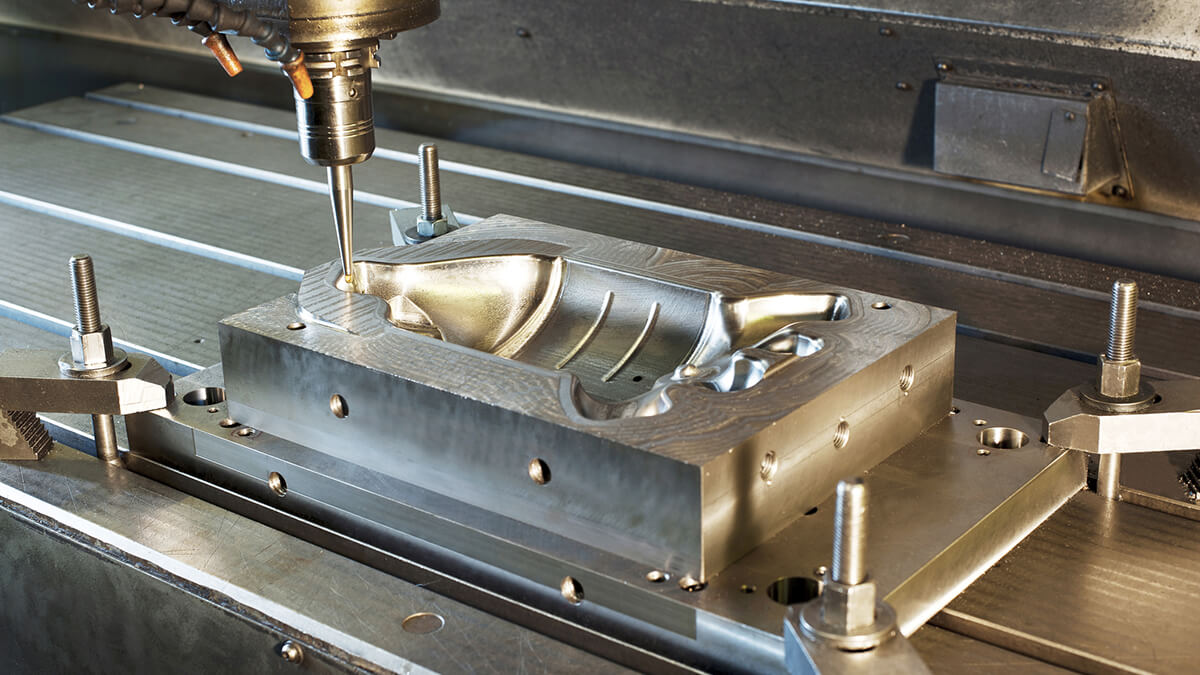The aerospace industry has always been at the forefront of technological innovation, and one of the key factors driving this progress is the constant quest to reduce weight while maintaining strength and durability. A356 Aluminum Casting has emerged as a critical technology in this endeavor, providing aerospace engineers with lightweight solutions that push the boundaries of what is possible. In this blog, we will explore the fascinating world of aluminum casting in aerospace and how it has transformed the way we design and build aircraft.
The Weight Dilemma in Aerospace
Aerospace engineers face a unique challenge: how to create aircraft that are both strong and lightweight. Reducing weight is crucial to improving fuel efficiency, range, and overall performance. Aluminum casting has played a pivotal role in addressing this challenge by providing components that are not only lightweight but also possess exceptional strength and durability.
Advantages of Aluminum Casting in Aerospace
- Lightweight Excellence: Aluminum is renowned for its exceptional strength-to-weight ratio. It is approximately one-third the weight of steel, making it an ideal choice for aerospace applications where every pound saved can lead to significant benefits in terms of fuel efficiency and payload capacity.
- Complex Geometries: Aluminum casting allows for the creation of complex and intricate shapes that would be challenging or impossible to achieve with other manufacturing methods. This is critical in aerospace, where aerodynamic efficiency and space utilization are paramount.
- Corrosion Resistance: Aluminum naturally forms a thin oxide layer on its surface, providing excellent corrosion resistance. This is especially important for aircraft components exposed to harsh environmental conditions, such as those used in marine or coastal operations.
- High Thermal Conductivity: Aluminum’s high thermal conductivity is advantageous for aerospace components involved in heat exchange and dissipation, such as radiators and heat exchangers.
Applications of Aluminum Casting in Aerospace
- Engine Components: Aircraft engines benefit significantly from aluminum casting. Components like turbine blades, compressor housings, and exhaust parts can be precisely cast from aluminum alloys, reducing weight while maintaining the necessary strength and temperature resistance.
- Structural Components: Many structural components of aircraft, such as landing gear, wing fittings, and fuselage parts, rely on aluminum casting for their lightweight yet robust construction.
- Interior and Cabin Parts: Aluminum casting is also used for interior components, such as seat frames, tray tables, and overhead compartments, contributing to overall weight reduction.
- Aerofoils: Precision casting of aluminum is crucial for aerofoils and wing sections, allowing for intricate airfoil shapes that optimize lift and fuel efficiency.
- Space Exploration: Beyond conventional aircraft, aluminum casting has found applications in space exploration. Components for rockets, satellites, and space probes benefit from the lightweight properties of aluminum alloys.
Conclusion
Aluminum casting has revolutionized the aerospace industry by providing lightweight solutions without compromising on strength, durability, or performance. As the aerospace sector continues to evolve and explore new frontiers, aluminum casting will remain an indispensable technology. It embodies the spirit of innovation and efficiency that drives the industry forward, allowing us to reach new heights while minimizing our environmental footprint. In the end, aluminum casting in aerospace is a testament to human ingenuity and the endless pursuit of excellence in engineering and design.
